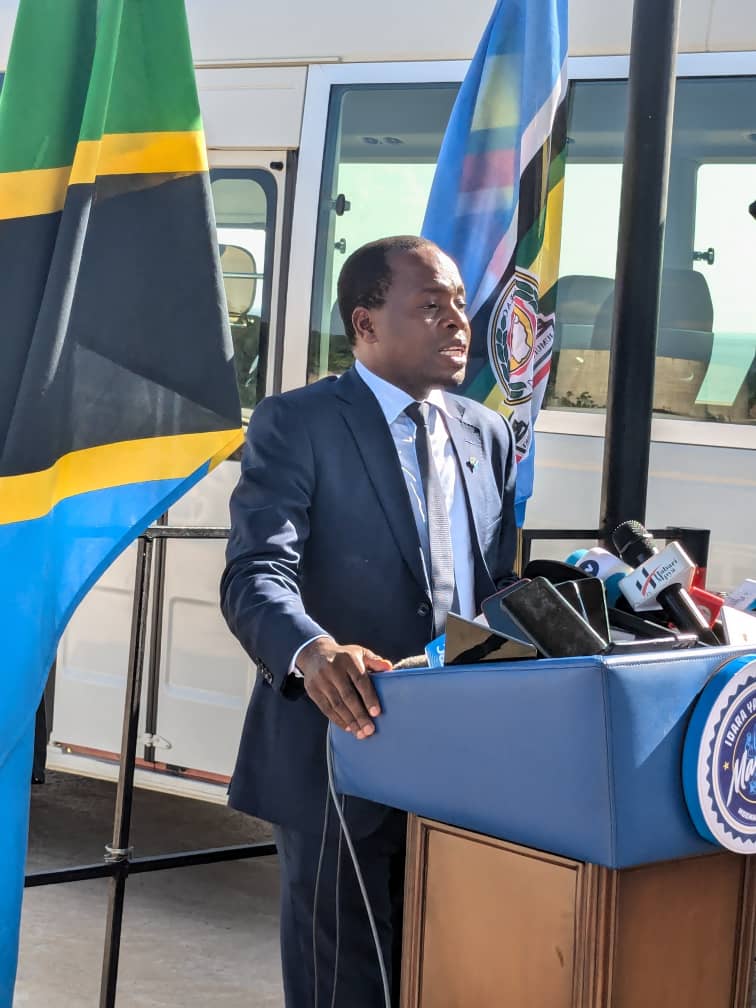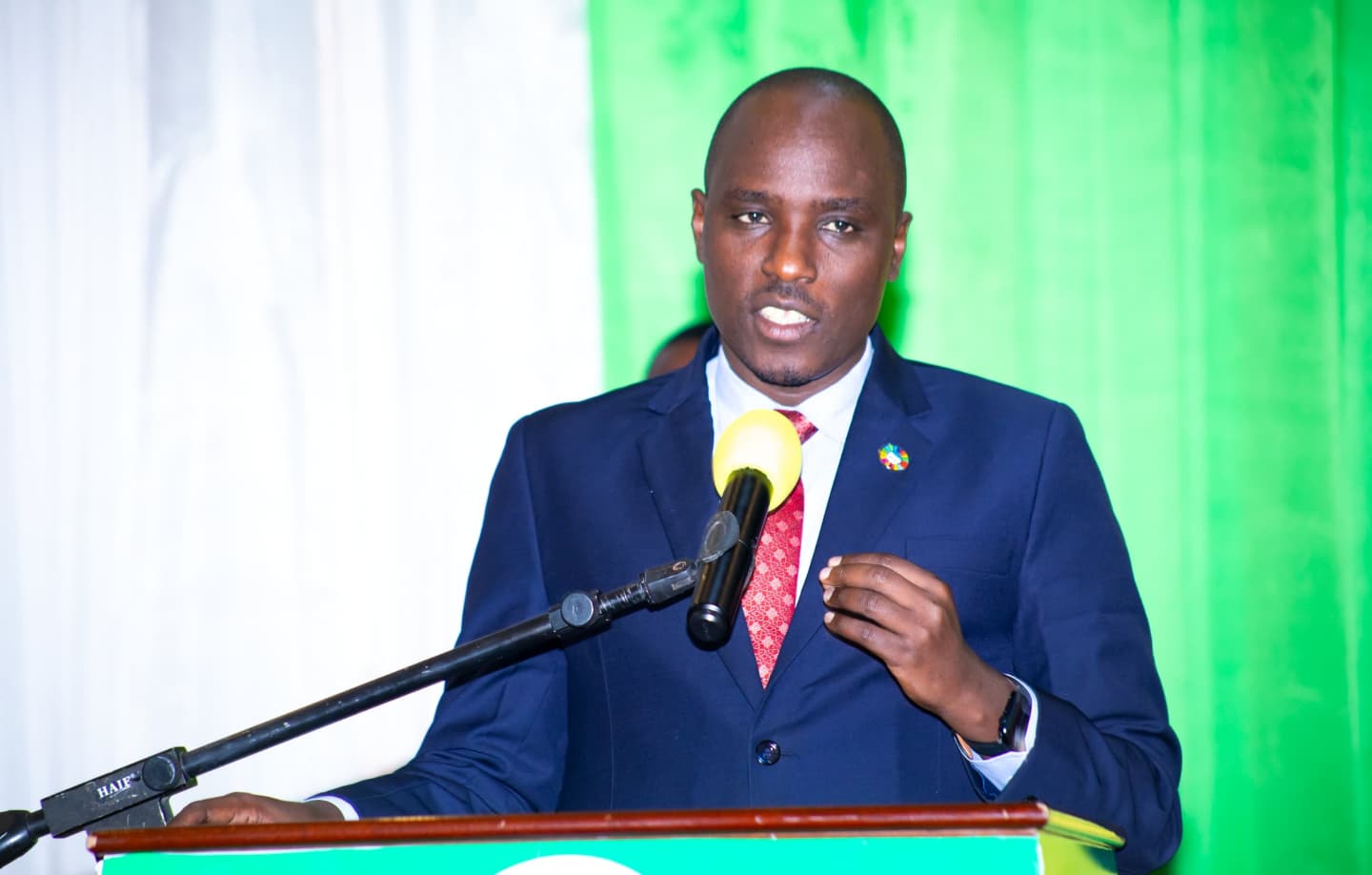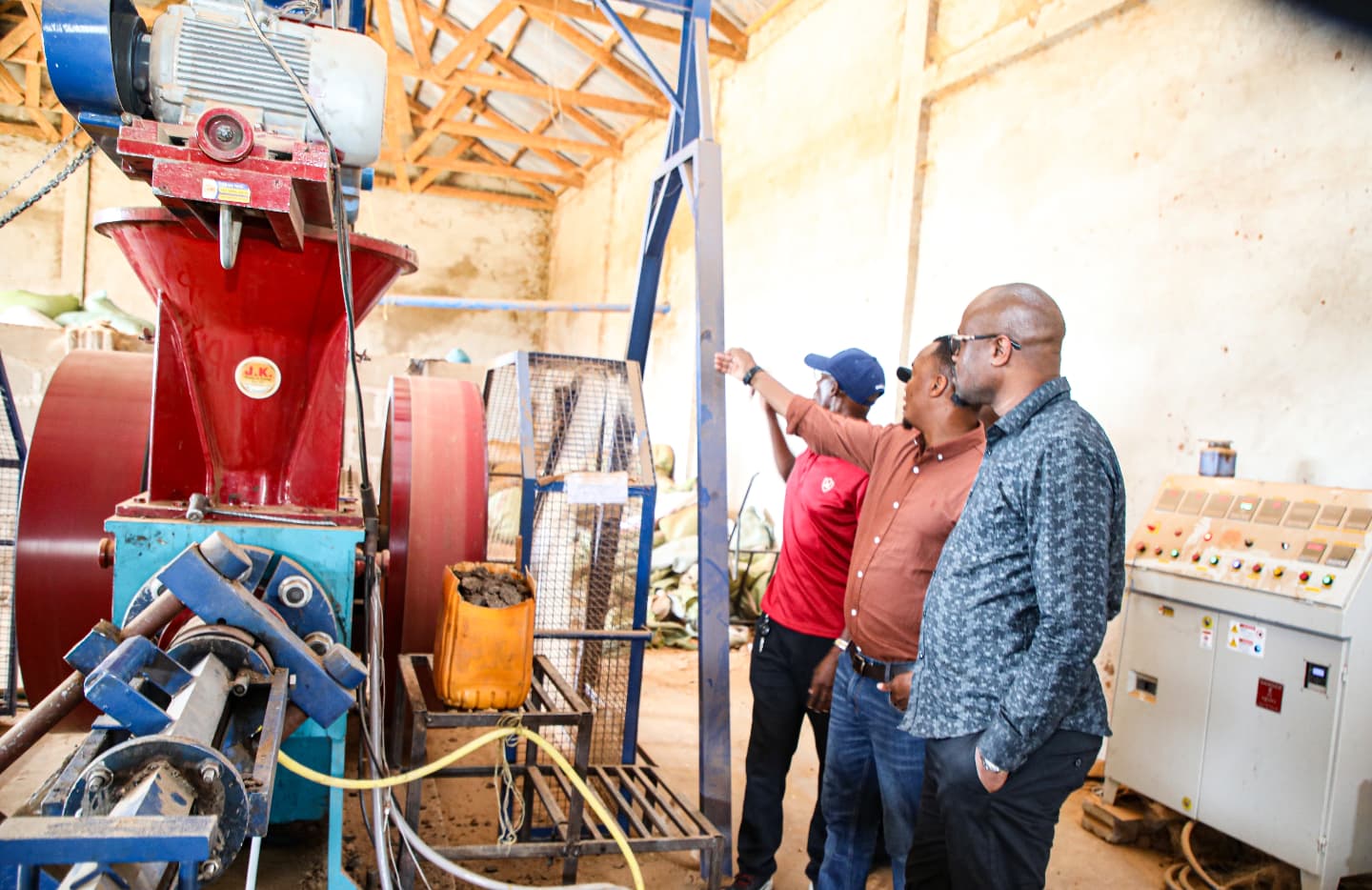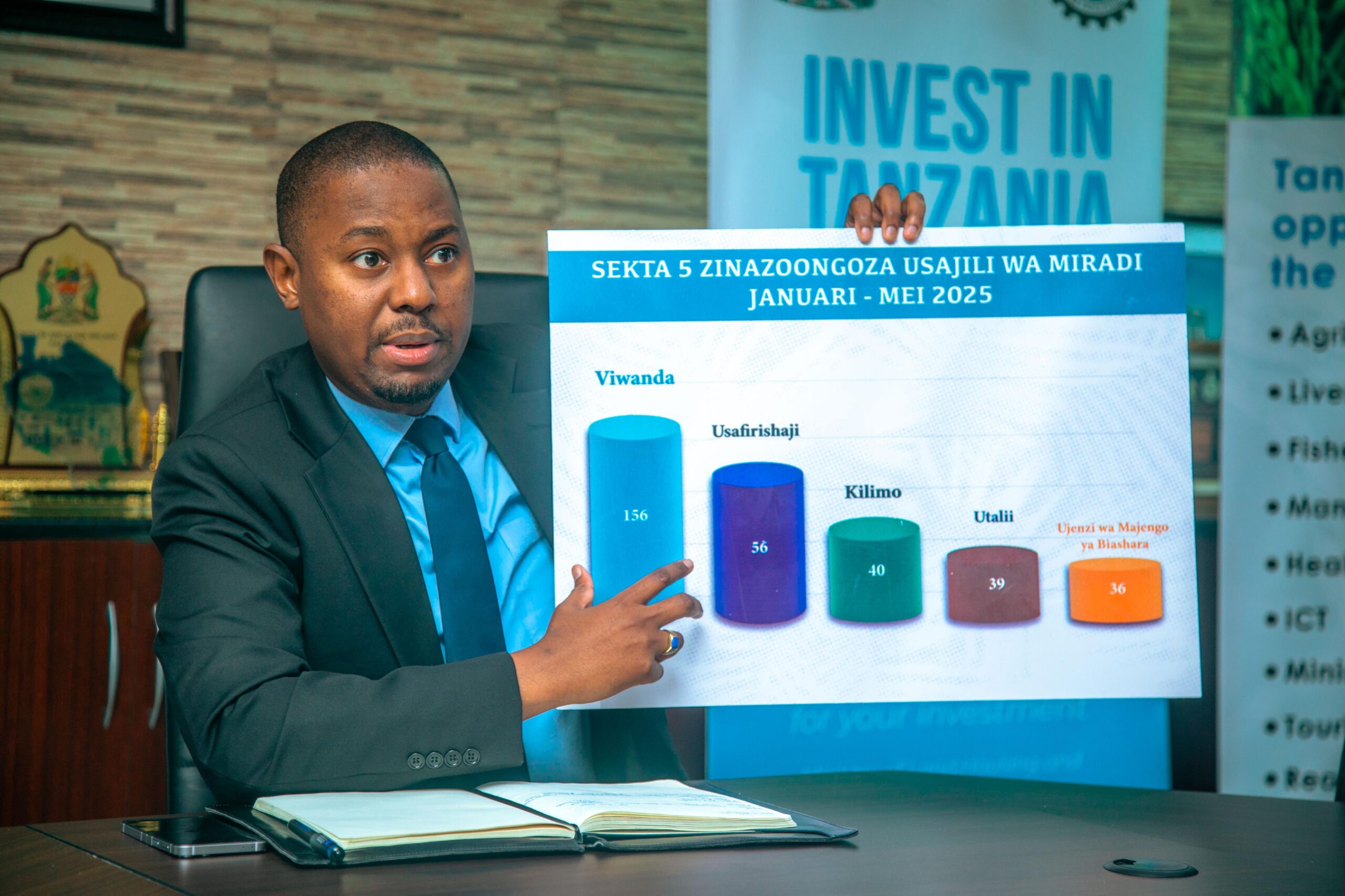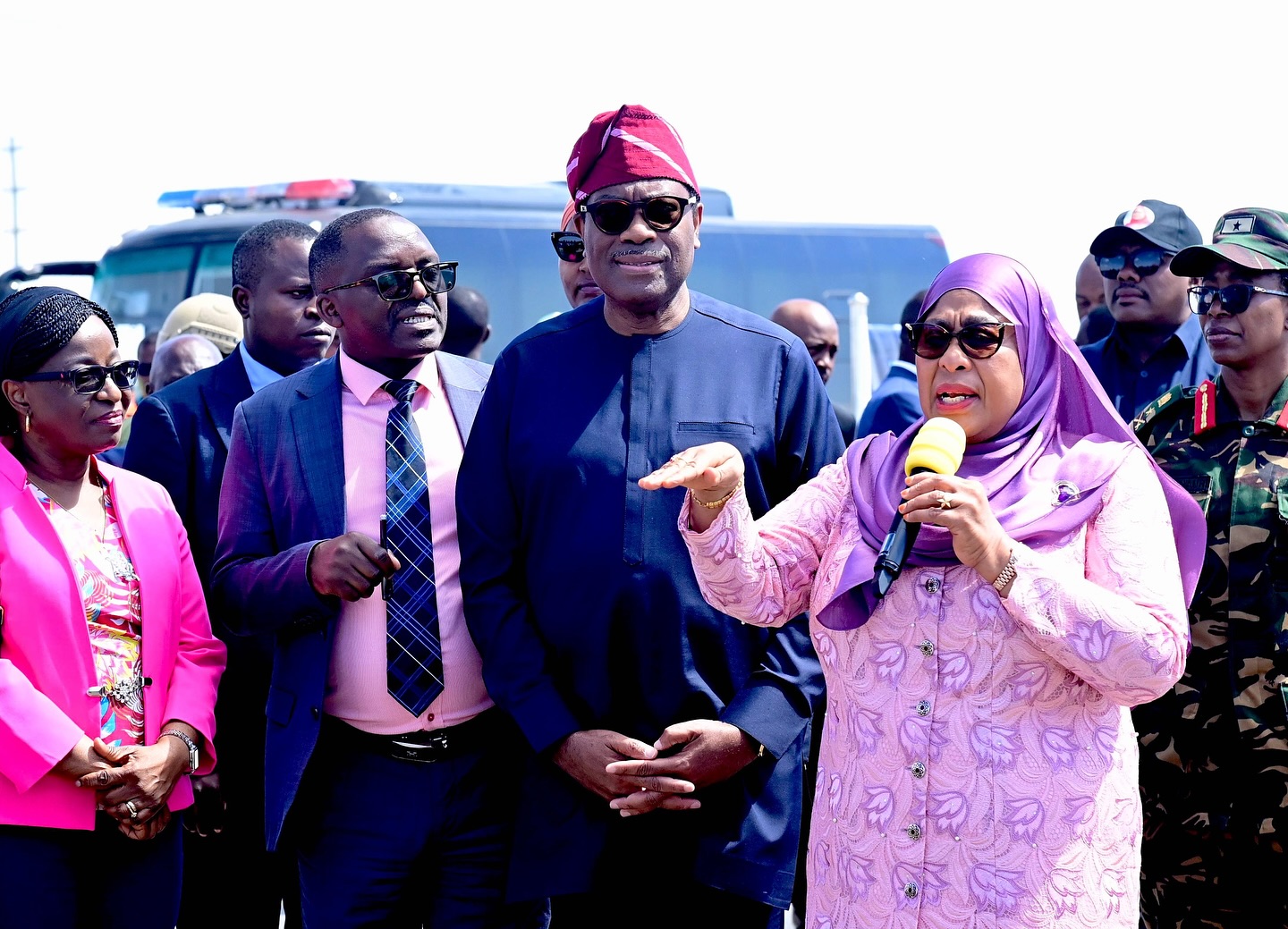Dar es Salaam. The Julius Nyerere Hydroelectric Power Project (JNHPP) has reached 99.9 per cent completion, with eight of its nine turbines already installed and supplying electricity to the national grid.
Government Spokesperson and Permanent Secretary in the Ministry of Information, Culture, Arts and Sports, Gerson Msigwa, told journalists who toured the site early this week that the final turbine is expected to be installed by the end of February 2025.
The government has so far paid 95.8 per cent of the project’s total cost, which stands at Sh6 trillion.
Mr Msigwa emphasised that the investment is aimed at ensuring Tanzania becomes a major producer of affordable electricity to meet both current and future demand.
Covering 914 square kilometres, the JNHPP dam has the capacity to store 32 billion litres of water.
Beyond power generation, the project is expected to create additional economic opportunities, including irrigated agriculture and fishing.
“Efforts are underway to ensure that electricity generated from JNHPP leads to a reduction in power charges,” Mr Msigwa said.
Alongside JNHPP, the government is also implementing the Regional Rusumo Falls Hydroelectric Project in collaboration with other riparian states, as well as the Kinyerezi I extension.
“These projects are part of the government’s long-term strategy to expand electricity access to 13.5 million Tanzanians by 2030 while also enabling the country to export surplus power to neighbouring nations,” Mr Msigwa noted.
With JNHPP nearing completion, expectations are high that the mega-project will contribute significantly to the country’s energy security and economic development.

